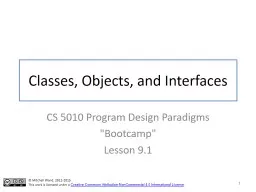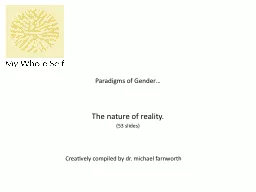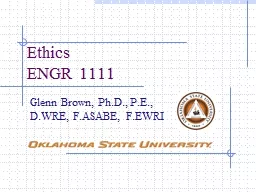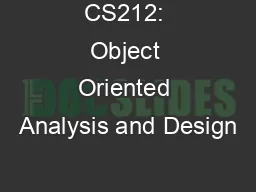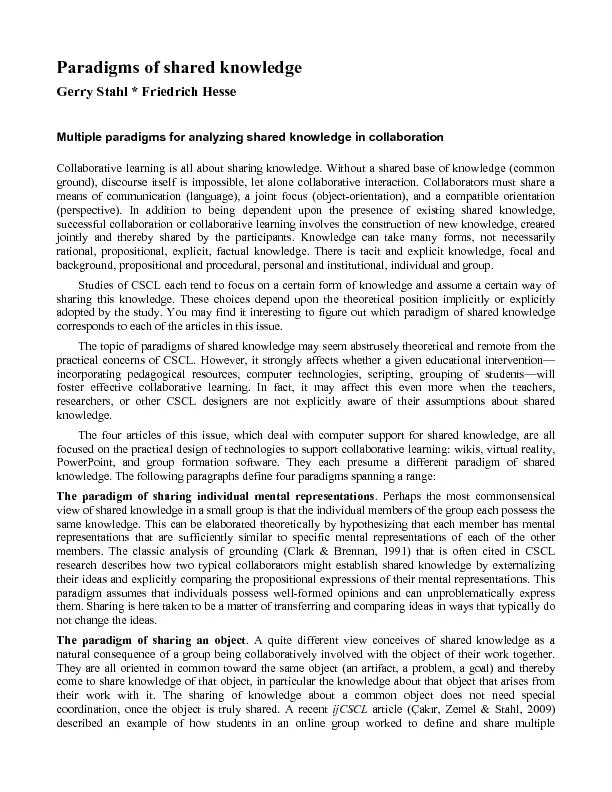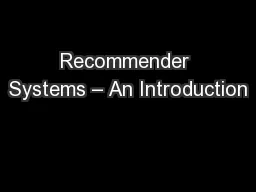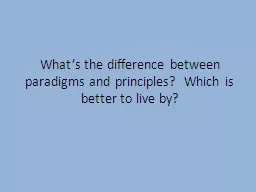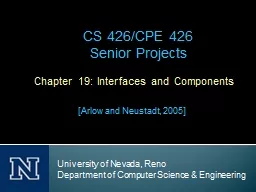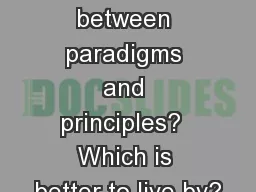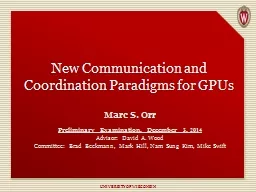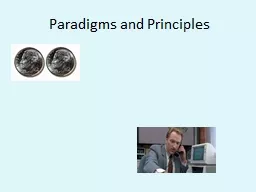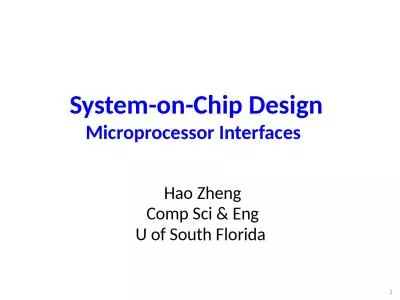PPT-Classes, Objects, and Interfaces CS 5010 Program Design Paradigms
Author : kittie-lecroy | Published Date : 2019-11-05
Classes Objects and Interfaces CS 5010 Program Design Paradigms Bootcamp Lesson 9 1 1 Mitchell Wand 20122015 This work is licensed under a Creative Commons Attribution
Presentation Embed Code
Download Presentation
Download Presentation The PPT/PDF document "Classes, Objects, and Interfaces CS 5010..." is the property of its rightful owner. Permission is granted to download and print the materials on this website for personal, non-commercial use only, and to display it on your personal computer provided you do not modify the materials and that you retain all copyright notices contained in the materials. By downloading content from our website, you accept the terms of this agreement.
Classes, Objects, and Interfaces CS 5010 Program Design Paradigms: Transcript
Download Rules Of Document
"Classes, Objects, and Interfaces CS 5010 Program Design Paradigms"The content belongs to its owner. You may download and print it for personal use, without modification, and keep all copyright notices. By downloading, you agree to these terms.
Related Documents

